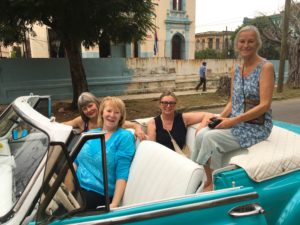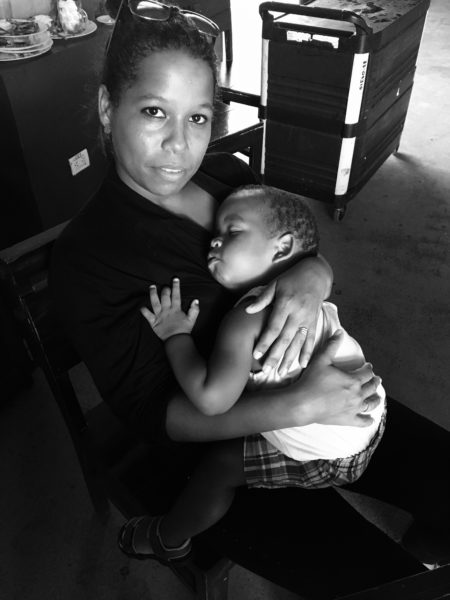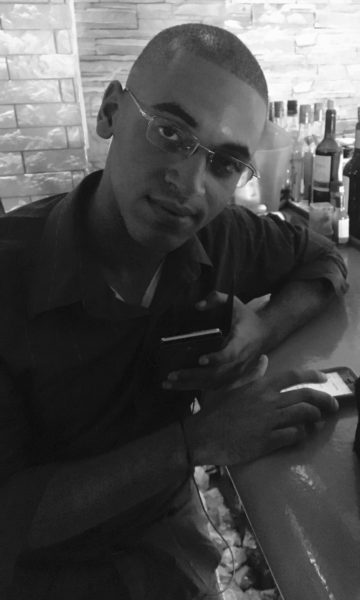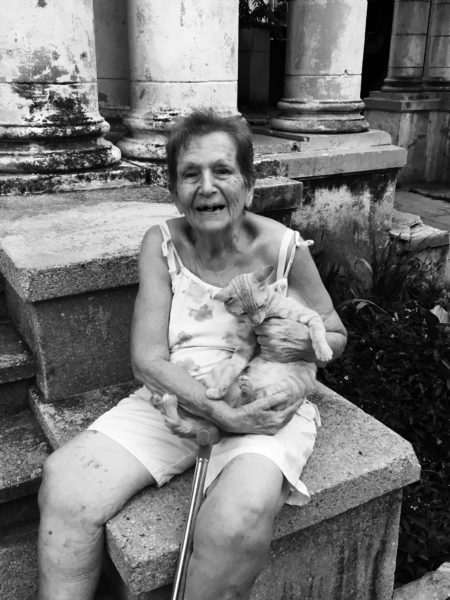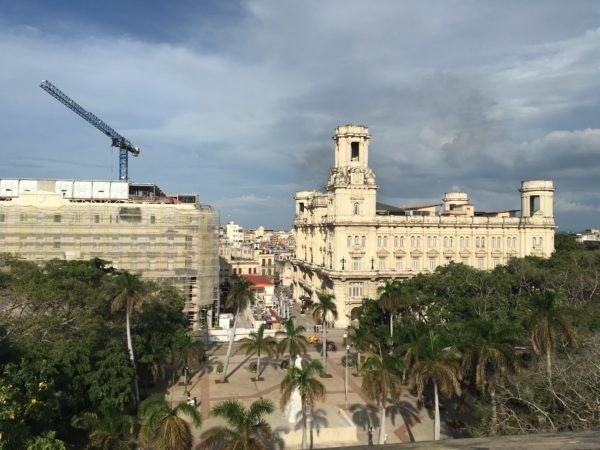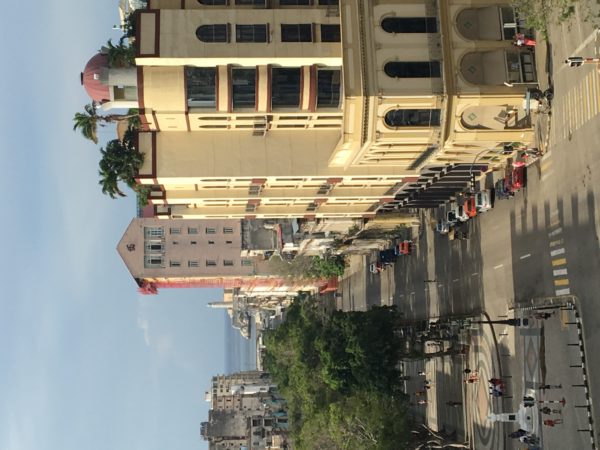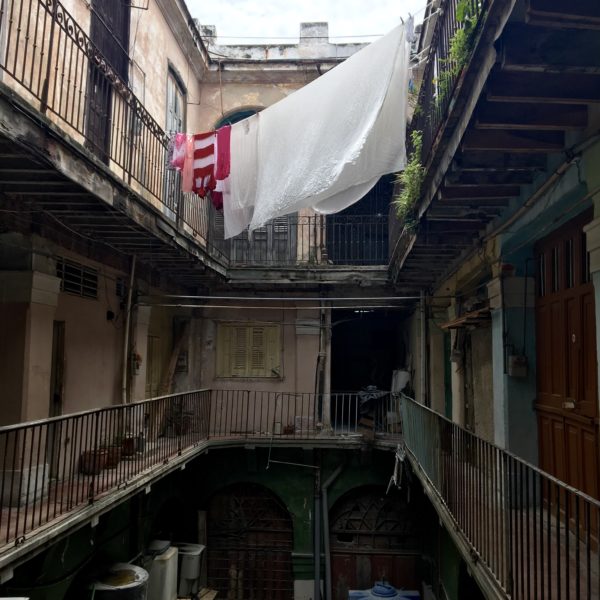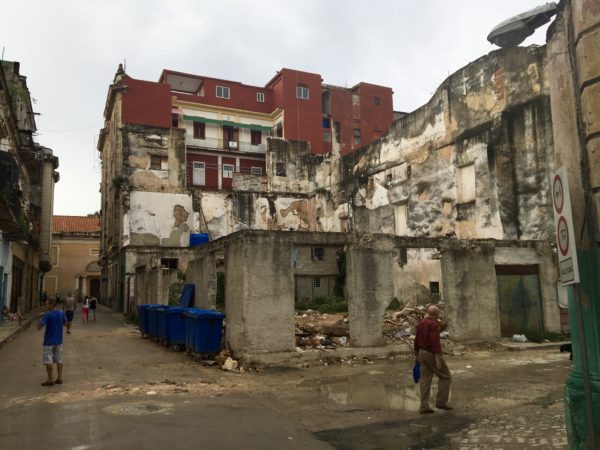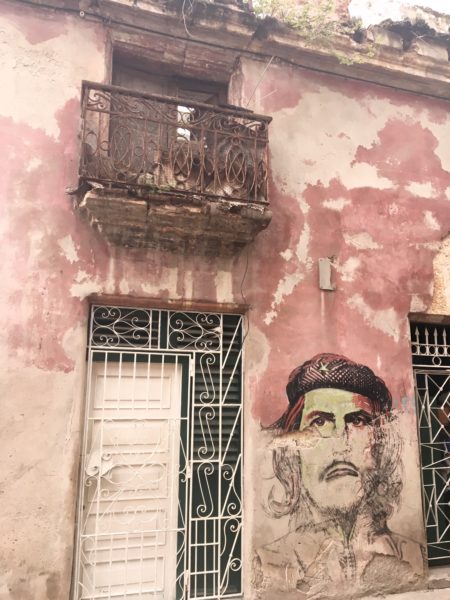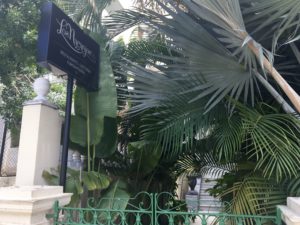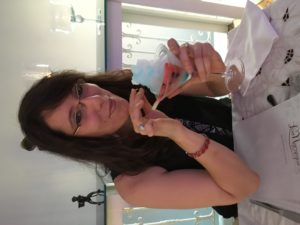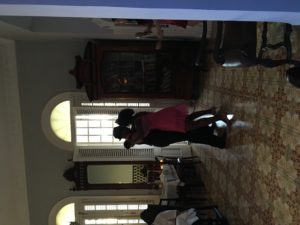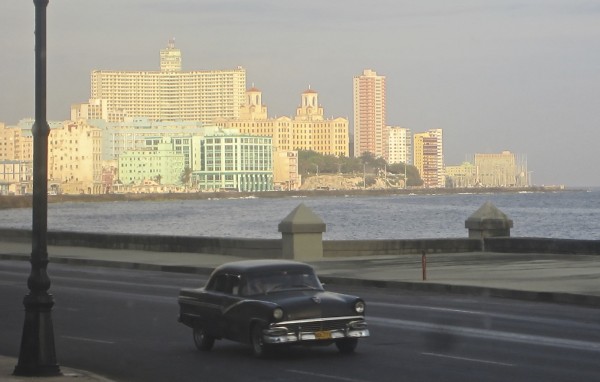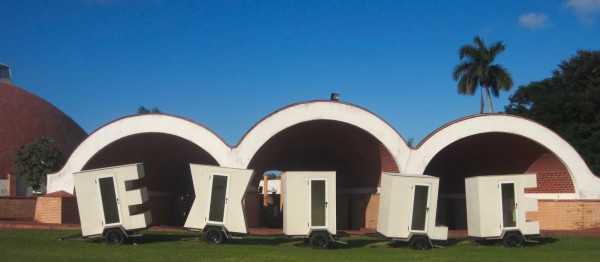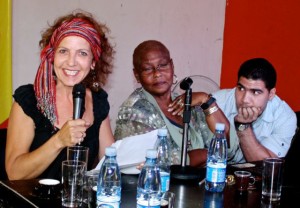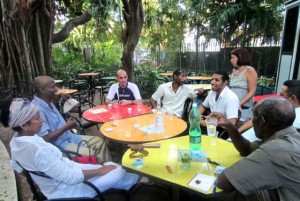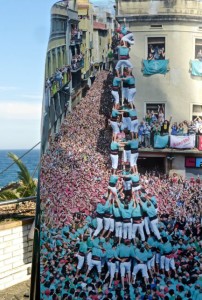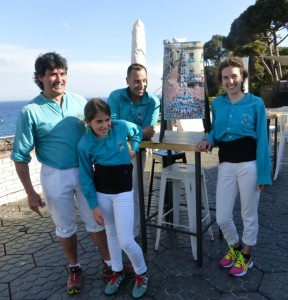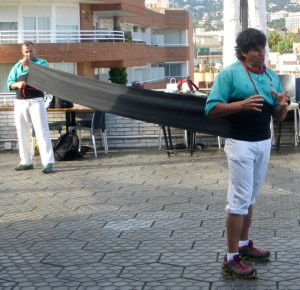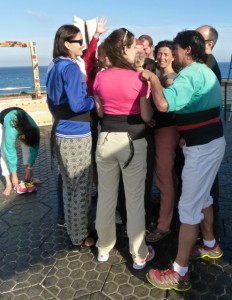On Nov. 30, five days into the declared nine days of mourning for the death of Fidel Castro, I arrived in Cuba – on my 9th trip in 4 years – with a group of American travelers. Like some of my Cuban friends, I conjectured (in a previous post) that Cubans would compensate for this time of imposed grieving by busting loose as soon as it ended.

That proved to be not true, evidencing that there was and is, perhaps, more genuine sorrow and sense of loss than I – as an American with some understanding of the complexity and celebratory nature of Cubanos – could immediately grasp.
For many who stayed in Cuba after the revolution of 1959, it was with an investment of mind and heart in Fidel’s initial vision of equality, literacy and a world devoid of imperialism and exploitation. For more than 50 years they had a leader who inspired and sustained them with verbose and persistent rhetoric of a different world they were rightly struggling to create. For many, he instilled a sense of dignity previously unknown, and forever appreciated.
After decades of unwarranted idealism, broken promises, global isolation, oppression, severe austerity and relentless suffering, many citizens have had a difficult time facing the disappointment of a system that failed to deliver the dream for which they sacrificed so much. While millions left the country, those who remained seem to fall into two camps: those ever hopeful of an eventual redemption and those ever desperate for the opportunity to escape.
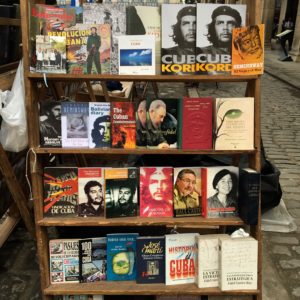
The lack of personal freedoms and professional opportunities they’ve endured and the possibilities for change they’ve been denied are now acknowledged by a growing number, along with the desperate desire to believe there was – and still maybe could be – something worthwhile amid it all. And so, understandably, there is grief. Perhaps it is the mourning of the end of an era, a collective sadness for what might-have-been and regret that the dream to which they’ve clung never has and never can be realized.
But, we cannot talk of the show of solidarity of grief – as broadcast round the clock on Cuban TV – without acknowledging the fact that thousands of dissidents were rounded up and incarcerated as soon as Fidel died. As it has been under all of Cuba’s long history of dictatorships, there would be no other voices heard in Cuba but those in support of El Jefe.
To further understand their show of respect for Fidel – and incomprehensible disgust for Cubans-in-exile who celebrated his passing – we must take into account that Cubans in general are uncomfortable with the idea of death itself. They refuse to talk about their own or another’s inevitable demise, as if by denial they can keep death at bay.
They would not wish death on anyone – except maybe Hitler, they say – and certainly not the man whose image and words have accompanied their life and lent a sense of nobility and righteousness to the cause he purported. Many concede he may have become “misguided” in his alliance with the Soviet Union, his megalomania and selfishness, his dispersing of their resources to foreign wars and interests, but they do not see him as “an evil person.”
While all have relations of some sort abroad, and they themself may aspire to leave this land of scarcity where “nothing changes,” they still feel – as they’ve been told from earliest memory – that they are lucky and should feel proud to have free education, free health care, some form of housing, and no drugs or gun violence . . . in contrast to the nasty empire to the north and thanks to Fidel.
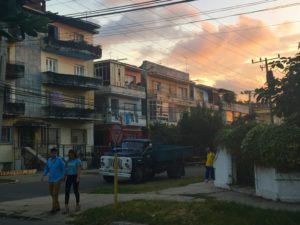
But I must wonder, how different is this from the U.S., with its skewed history which ignores its own genocides, persecutions and corruptions; its corporate media that controls information, silences dissidents and promotes a divisive form of patriotism; its profit-driven privetization of health care, education and prisons; its enslavement of domestic and foreign work forces… all with the unspoken assumption that “might makes right” and the propaganda that it is “the greatest country on earth”?
Just as many Americans fail to question “the truth” served to them, so it has been for many of the 11 million Cubans who remain in their homeland. Humans like to believe they are right, and that those in positions of power will act in the best interest of their people, despite history’s evidence to the contrary.
Surprisingly to me and many residents, Cubans did not take to the streets to “let loose” or celebrate after the nine days of mourning had passed with the prohibition of music, dancing, public events and the sale of alcohol (although tourist hotels and resorts were permitted to serve alcohol lest they went too far in upsetting the cash-cow of visitor dollars, which benefit very few Cubans).
Fidel was renowned for his intolerance of any disagreement to the point of incarcerating and murdering anyone who dared question his authority. He demanded absolute loyalty, and even in death his functionaries assured he received it, one way or another.
What is “the truth” of how Cubans really feel about Fidel’s passing? Like every question posed in Cuba it can only be answered with, “es complicado.” Whether it is grief for the loss of a powerful leader or for the loss of the familiar – however miserable and worthy of complaint – a more somber sense seems to now prevail in Cuba. There is no going back and no knowing the way forward. “Viva Fidel”? Not anymore.

